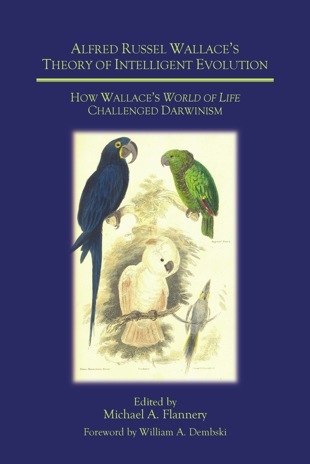In the most recent edition of the Canadian Science Writers’ Association’s ScienceLink (Vol 28, No. 4, 2008), there is an interesting piece by Graeme Stemp-Morlock on the decision by the United Church Observer , the leading United Church-related magazine, to co-sponsor the Royal Ontario Museum’s “Evolution Revolution” exhibit ($15,000 cash and $35,000 advertising):
If a small operation like ours was able to stand up without fear and proudly support this exhibit then we thought it would draw attention to the fact that huge corporations much bigger than ours were afraid to,” said David Wilson, editor of the United Church Observer. “We were trying to say ‘you don’t need to be afraid.'”
(Note: I have not so far been able to find Stemp-Morlock’s ScienceLink article online.)
I suspect that Darwin’s racism was a factor in corporate disinterest. What if someone started quoting key relevant passages from Darwin’s Descent of Man? Like that black people are closer to gorillas than white people are? Not prevaricating or explaining them away, just quoting what the old toff actually said – and honestly believed?
In the early Nineties, there was an enormous, career-limiting uproar at the Museum – including daily demos – around allegations of racism in connection with an exhibit from Africa. I don’t imagine anyone wants more of that.
In any event, editor Wilson opines thusly:
I got the sense that evolution challenges religious dogma but not religion
and
I found myself musing on how the theory evokes the inherent beauty of a creation that is constantly and eternally evolving.
Wilson says that creation is “eternally” evolving, it is likely a slip of the tongue. That would be a non-theistic vision of life which is at odds with conventional science (which holds that the universe has a beginning and an end). He adds,
There is nothing in the Darwin exhibit that threatens or diminishes religion or people of faith.
which is interesting because Toronto columnist and literary lion Robert Fulford got the exact opposite impression:
In the 1860s, when the world was first compelled to deal with him, his theory was terrifying, world-shaking, religion-threatening. It still raises furious controversy.
Who’s right? Well, they’re both right, really. There is nothing specifically Christian or even theistic about “the inherent beauty of a creation that is constantly and eternally evolving,” and the idea that Wilson expresses is more commonly used to construct a case for atheism. Which raises the question: What is the point of a liberal church-related magazine getting involved? According to Stemp-Morlock, the staff was worried about “creationist chill.”
Revealingly, Drew Halfnight writes this, Read More ›

